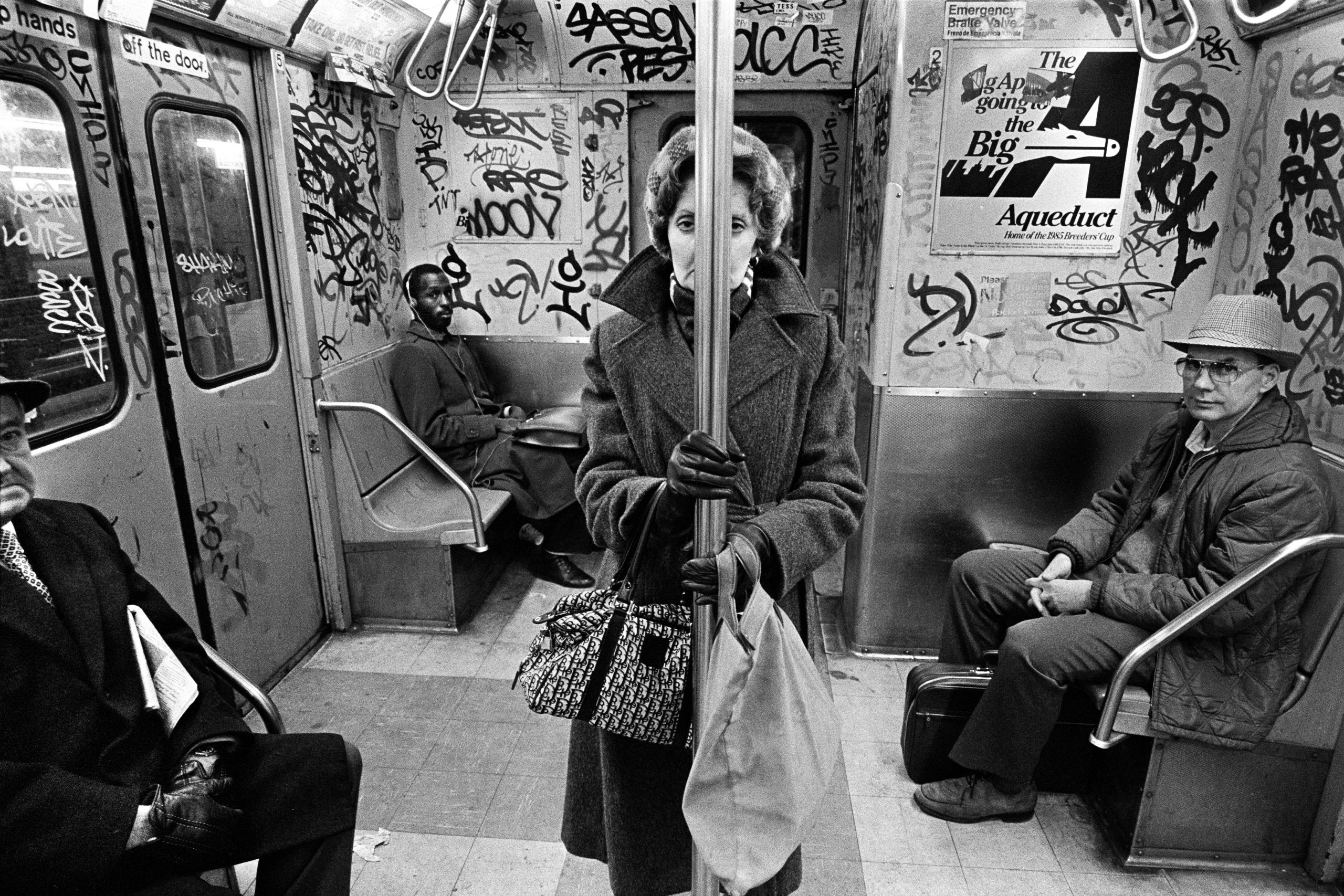Street Photographers for Dummies
Table of ContentsNot known Facts About Street PhotographersWhat Does Street Photographers Do?The Best Guide To Street PhotographersNot known Details About Street Photographers Street Photographers Can Be Fun For Anyone
A category of photography that records day-to-day life in a public location. The very publicness of the setup makes it possible for the digital photographer to take honest photos of complete strangers, often without their expertise. Road photographers do not always have a social objective in mind, yet they choose to separate and catch moments which could otherwise go undetected (Street Photographers).He was affected by numerous of those that influenced the street professional photographers of the 1950s and '60s, he was not mainly interested in catching the spirit of the road. The impulse to visually document people in public began with 19th-century painters such as Edgar Degas, douard Manet, and Henri de Toulouse-Lautrec, who functioned side by side with professional photographers trying to catch the significance of urban life.
As a result of the fairly primitive technology offered to him and the lengthy exposure time required, he had a hard time to catch the pressure of the Paris streets. He try out a series of photographic methods, trying to find one that would permit him to capture motion without a blur, and he discovered some success with the calotype, patented in 1841 by William Henry Fox Talbot. In comparison to Atget, photographer Charles Marville was hired by the city of Paris to produce an encyclopaedic file of Haussmann's metropolitan preparation task as it unravelled, hence old and brand-new Paris. While the photographers' subject was essentially the same, the results were significantly various, demonstrating the effect of the professional photographer's bent on the character of the pictures he created.
Given the fine top quality of his pictures and the breadth of product, architects and artists typically got Atget's prints to make use of as referral for their very own work, though commercial rate of interests were barely his primary inspiration. Instead, he was driven to photo every last remnant of the Paris he liked. The mingled enthusiasm and seriousness of his objective luster through, leading to photos that tell his own experience of the city, qualities that expected road photography of the 20th century.
The 7-Minute Rule for Street Photographers
They disclose the city through his eyes. His job and essential understanding of photography as an art type served as ideas to generations of professional photographers that followed. The future generation of street digital photographers, though they likely did not refer to themselves thus, was ushered in by the photojournalism of Hungarian-born professional photographer Andr Kertsz.
Unlike his peers, Brassa used a larger-format Voigtlnder electronic camera with a longer exposure time, requiring him to be extra calculated and thoughtful in his method than he could have been if using a Leica.
Cartier-Bresson was a champion of the Leica electronic camera and one of the first digital photographers to optimize its capabilities. The Leica enabled the digital why not find out more photographer to interact with the surroundings and to catch minutes as they took place. Its relatively little size likewise aided the photographer fade into the history, which was Cartier-Bresson's recommended approach.
The Street Photographers Ideas
It is due to this basic understanding of the art of image taking that he is usually attributed with discovering the tool around again roughly a century because its innovation. He took photographs for greater than a half century and affected generations of digital photographers to trust their eye and instinct in the moment.
These are the questions I shall try to respond to: And afterwards I'll leave you with my very own definition of street digital photography. Yes, we do. Allow's kick off with specifying what a meaning read what he said is: According to (Street Photographers) it is: "The act of defining, or of making something precise, distinctive, or clear"
No, certainly not. The term is both limiting and misleading. Seems like a street digital photography must be photos of a roads ideal?! And all street digital photographers, with the exception of a handful of outright beginners, will completely appreciate that a road is not the essential browse around these guys part to road photography, and in fact if it's an image of a street with maybe a few boring individuals doing nothing of passion, that's not street digital photography that's a snapshot of a road.
The Single Strategy To Use For Street Photographers
He makes a valid factor do not you believe? However, while I concur with him I'm unsure "candid public digital photography" will capture on (although I do sort of like the term "honest photography") since "road digital photography" has actually been around for a very long time, with numerous masters' names connected to it, so I think the term is below to stay.
Inside?! I hear you scream as you drink your hand to the skies. Why not? You can fire at the coastline, at an event, in a street, in a park, in a piazza, in a coffee shop, at a gallery or art gallery, in a city terminal, at an occasion, on a bridge, under a bridge ...

Excitement About Street Photographers
